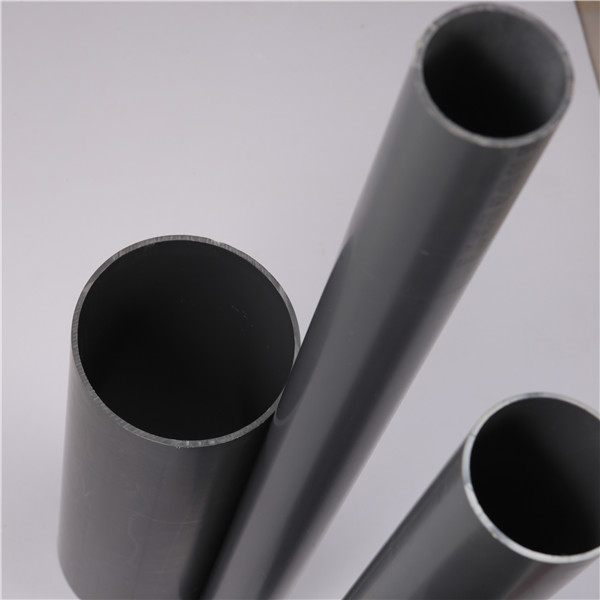Noy . 05, 2024 12:01 Back to list
drip irrigation using pvc pipe
Drip Irrigation Using PVC Pipe An Efficient Solution for Modern Agriculture
Drip irrigation is an innovative method designed to provide water directly to the roots of plants, ensuring that they receive the necessary hydration without waste. One of the most cost-effective and practical ways to set up a drip irrigation system is by using PVC pipes. This approach not only optimizes water usage but also enhances crop yield, making it a highly sought-after solution in modern agriculture.
The principle behind drip irrigation is simple yet effective it delivers water in a controlled manner directly to the soil surface or below, minimizing evaporation and runoff. This targeted approach becomes increasingly crucial in regions facing water scarcity, ensuring crops receive the moisture they need while conserving valuable resources.
Benefits of Drip Irrigation with PVC Pipes
1. Water Efficiency Traditional irrigation methods often lead to significant water loss through evaporation and runoff. With drip irrigation, water is gradually released to each plant, reducing wastage and significantly improving water efficiency. Using PVC pipes, which are durable and resistant to corrosion, further enhances the longevity and effectiveness of the system.
2. Enhanced Crop Yield Proper moisture management is vital for healthy plant growth. Drip irrigation facilitates precise water delivery, promoting better root development and nutrient absorption. This method has been shown to increase yields by up to 50% in various crops when compared to conventional irrigation techniques.
3. Reduced Weed Growth Since drip irrigation delivers water directly to the plants, the surrounding soil remains drier. This minimizes weed growth, which in turn decreases the need for herbicides and labor associated with weeding, thus lowering production costs.
4. Soil Health Improvement By providing consistent and adequate moisture, drip irrigation helps maintain soil structure and fertility. It prevents soil erosion and salinization—common issues in agricultural practices that rely on flooding or sprinkler systems.
Setting Up a PVC Drip Irrigation System
drip irrigation using pvc pipe

Creating a drip irrigation system using PVC pipes is a straightforward process. Here's a general overview of the steps involved
1. Planning Start by assessing your garden layout and determining how much water each crop needs. This will help in designing an efficient system.
2. Materials Needed Gather the necessary materials including PVC pipes in varying diameters, drip emitters, connectors, and a filter.
3. Installation Begin by laying out the main PVC pipes. These will distribute water to various sections of your garden. Use smaller pipes or tubing to connect to drip emitters, placing them strategically near the base of each plant.
4. Filtration and Pressure Regulation Installing a filter at the water source and a pressure regulator will help prevent clogs and ensure a steady flow of water.
5. Testing the System Once everything is connected, turn the water on to test the system. Check for leaks and make adjustments to ensure each plant is receiving sufficient water.
Conclusion
Drip irrigation using PVC pipes is a remarkable solution for growers seeking to conserve water, boost crop yields, and improve the sustainability of their farming practices. As the world faces increasing challenges related to water scarcity and food production, adopting efficient irrigation strategies is more critical than ever. Farmers who invest in this method are not only benefiting their crops but also contributing to a more sustainable approach to agriculture.
-
Transparent PVC Pipe: Clear Flexible Tubing for Fluids
NewsAug.09,2025
-
Durable PP Rigid Sheet: Versatile & High-Quality Plastic Panels
NewsAug.08,2025
-
Premium Glossy PP Rigid Sheet – Durable & Versatile
NewsAug.07,2025
-
High-Quality HDPE Sheet | Durable Plastic Panels
NewsAug.06,2025
-
High-Precision PVC Rigid Sheets for Vacuum Forming | AI-Optimized
NewsAug.05,2025
-
Durable PVC-M Water Supply Pipes | 60-Year Life
NewsAug.04,2025

